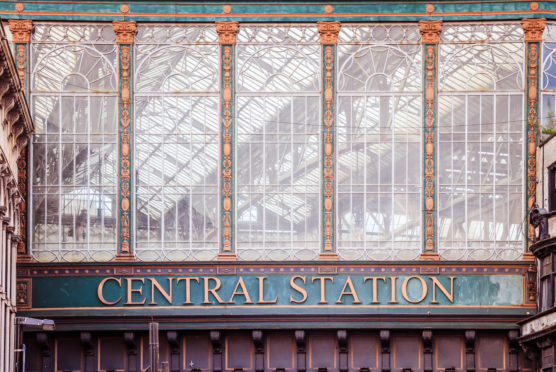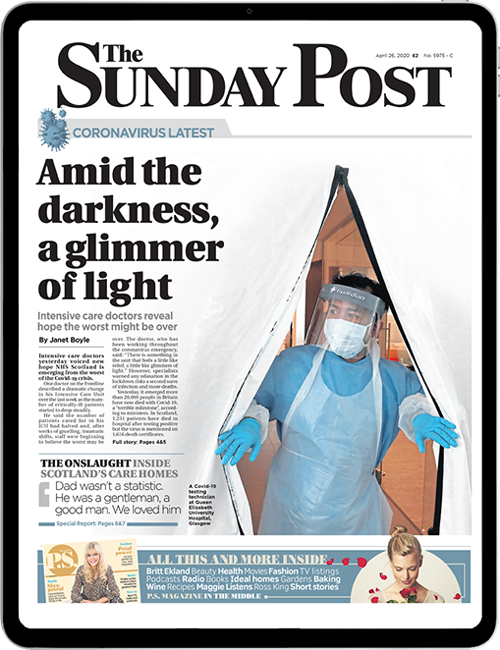
Glasgow Central remains Scotland’s busiest railway station with almost 33 million passenger entries and exits in the last year, according to figures from the Office of Rail and Road (ORR).
The station is also the UK’s 11th busiest station, ranking just behind nine in London and Birmingham’s New Street.
The statistics, published on Tuesday, are estimates based on ticket sales between April 2019 and March 2020 and include the first weeks of lockdown where public transport use dropped dramatically.
Edinburgh Waverley, Glasgow Queen Street, Paisley Gilmour Street and Haymarket make up the rest of Scotland’s top five busiest stops, while the least used is Lochluichart.
The Highland station, on the line between Inverness and Kyle of Lochalsh, recorded only 198 entries and exits in the last year.
Last year’s least used station in Scotland, Barry Links, has risen to 638 entries and exits from 122.
This has been attributed to a May 2019 timetable change doubling the frequency of services to the station.
London’s Waterloo station topped the chart for the sixteenth consecutive year despite the decrease in numbers.
Britain’s least used station was Berney Arms in Norfolk, which recorded 42 entries and exits during the year.
Last year’s least used stations Denton and Stanlow & Thornton increased from 46 to 92 and 82 respectively.
There were six stations across Great Britain with fewer than 100 entries and exits.
Jay Symonds, ORR senior statistical analyst, said: “Despite the dramatic decline in passenger numbers towards the end of March due to Covid-19, Glasgow Central remains the busiest station in Scotland.
“Nationally, Waterloo remains top but we saw a change in the least used station with Berney Arms taking the spot from Denton and Stanlow & Thornton.
“With numbers staying at historically low levels during 2020, there is no doubt that next year’s figures will look a lot different.”

Enjoy the convenience of having The Sunday Post delivered as a digital ePaper straight to your smartphone, tablet or computer.
Subscribe for only £5.49 a month and enjoy all the benefits of the printed paper as a digital replica.
Subscribe